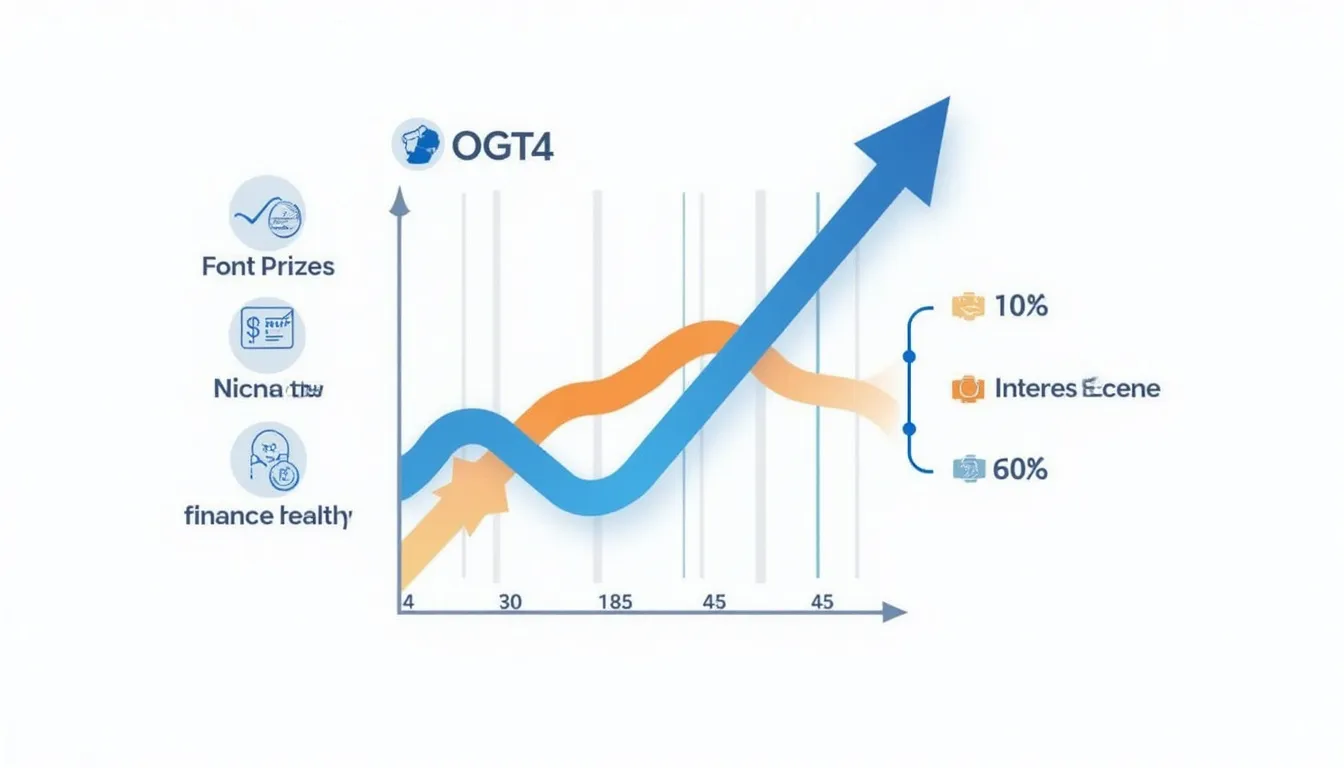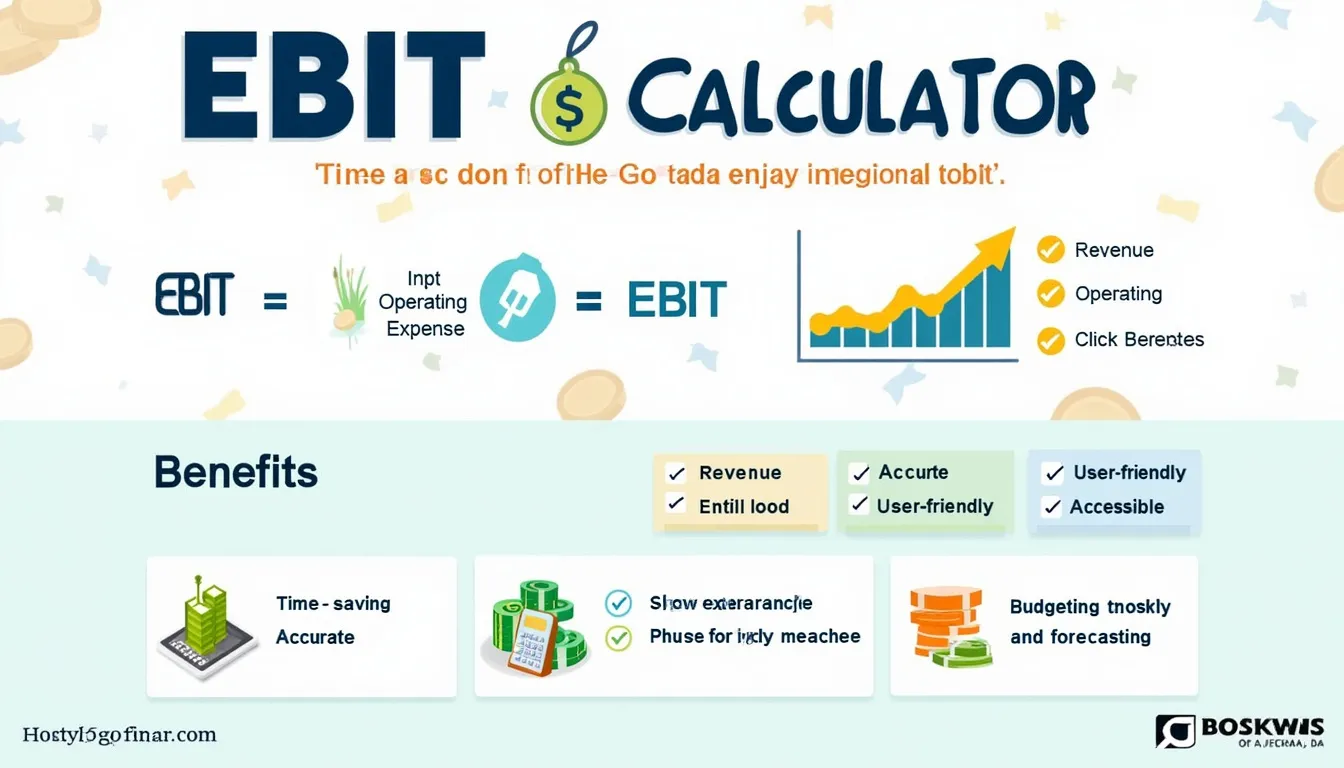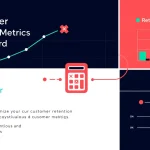Interest Coverage Ratio Calculator
Tip: A higher interest coverage ratio indicates better financial health.
Is this tool helpful?
How to use the tool
- Type your company’s EBIT—e.g., 12,500,000 or 2,400,000.
- Enter total Interest Expense—e.g., 3,100,000 or 1,800,000.
- Press “Calculate” to view the Interest Coverage Ratio (ICR).
- Compare the result with the guide below.
Formula
The calculator executes:
$$ \text{ICR}= rac{\text{EBIT}}{\text{Interest Expense}} $$Example 1
- EBIT = 12,500,000
- Interest Expense = 3,100,000
- ICR = 4.03 (12,500,000 ÷ 3,100,000)
Example 2
- EBIT = 2,400,000
- Interest Expense = 1,800,000
- ICR = 1.33 (2,400,000 ÷ 1,800,000)
Quick-Facts
- Analysts view ICR ≥ 1.5 as the minimum safe level (S&P Global Ratings, 2023).
- Median ICR for U.S. non-financial firms was 6.3 in 2022 (Federal Reserve Financial Accounts, 2023).
- Formula: EBIT divided by interest expense (Investopedia, 2023).
- Use quarterly or annual GAAP statements for inputs (SEC EDGAR, 2023).
- ICR < 1 means earnings cannot meet interest due (Corporate Finance Institute, 2024).
FAQ
What is the Interest Coverage Ratio?
The Interest Coverage Ratio shows how many times earnings cover interest payments, indicating debt-service strength (Investopedia, 2023).
How does the calculator work?
It divides your EBIT by total interest expense and outputs the ratio instantly, eliminating manual math.
Why do lenders flag ratios under 1.5?
“A coverage below 1.5× signals heightened default risk within 24 months” (S&P Global Ratings, 2023).
Can the ratio be negative?
Yes; negative EBIT produces a negative ratio, meaning operations fail to cover even basic interest (CFI, 2024).
How often should I check it?
Review the ratio each quarter and annually to spot deteriorating trends early (SEC guidance, 2023).
Does an extremely high ratio have drawbacks?
A very high figure may show unused leverage capacity, suggesting inefficient capital structure (Harvard Business Review, 2022).
How can a company improve its ratio?
Boost operating profit, refinance at lower rates, or repay debt to lift coverage quickly (Moody’s, 2023).
How is ICR different from DSCR?
ICR measures interest only; Debt Service Coverage Ratio includes both interest and principal obligations (CFI, 2024).
Important Disclaimer
The calculations, results, and content provided by our tools are not guaranteed to be accurate, complete, or reliable. Users are responsible for verifying and interpreting the results. Our content and tools may contain errors, biases, or inconsistencies. We reserve the right to save inputs and outputs from our tools for the purposes of error debugging, bias identification, and performance improvement. External companies providing AI models used in our tools may also save and process data in accordance with their own policies. By using our tools, you consent to this data collection and processing. We reserve the right to limit the usage of our tools based on current usability factors. By using our tools, you acknowledge that you have read, understood, and agreed to this disclaimer. You accept the inherent risks and limitations associated with the use of our tools and services.







